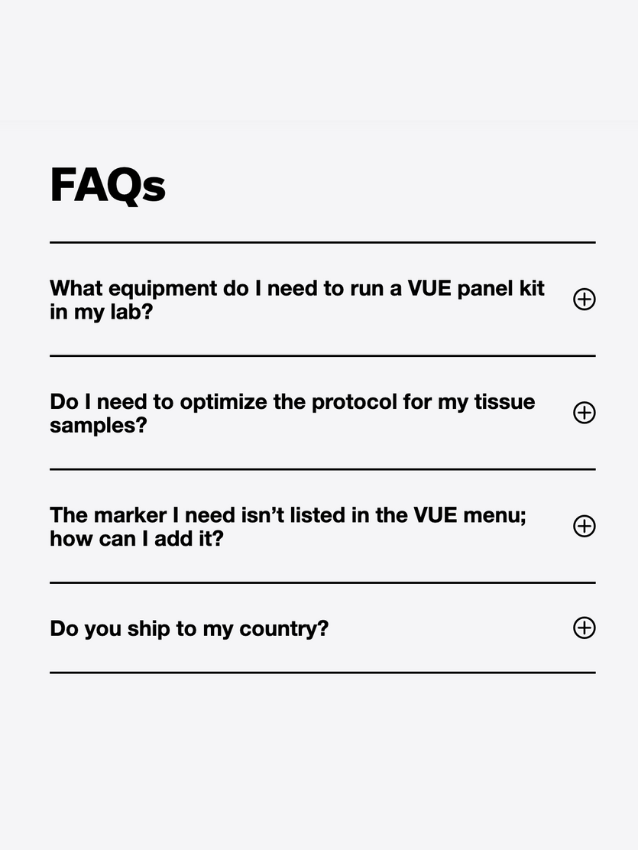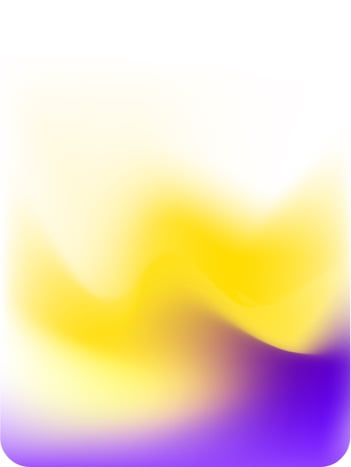The Path(ology) Not Taken
As I approach my one-year anniversary with Ultivue, I am excited to be part of a vibrant, rapidly growing company committed to transforming anatomic pathology with our next generation staining technology, InSituPlex®.
October 15, 2021
The practice of anatomic pathology today rests on a century and a half legacy of histopathology – the changes in cells and tissues in various disease states as seen in a microscope. Virchow and other giants of the 19th century recognized the importance of these changes, and many of their concepts endure. Visual interpretation of thinly sliced tissue sections, embedded in candle wax and stained blue and pink with the textile dyes hematoxylin and eosin, remains the “gold standard” for diagnosis of many diseases.
I was fortunate in my first job out of college to work with a pathologist, studying changes in heart tissue following our attempts to reverse abnormal heart rhythms. I remember with awe the fine, delicate detail revealed in tissue sections, as well as the power of careful observation. I was struck by the diversity of cells – each with the same DNA, yet each with a distinct position, shape, and role in the muscle and its healing process. How did each cell know who it was, where it was, how to behave, and when to stop or die?
Well, I did become a pathologist but quickly recognized that pathology was largely correlative, full of conjecture, and (at that time) ultimately unable to address these questions. My journey to answer these questions led me over two decades to molecular and developmental biology, studying mostly fruit flies and mice. Why? We now know that cells adopt different identities using combinations of transcription factors and talk to each other with signaling modules, using a mostly ancient and relatively small “toolkit” of proteins that unite not only all of us as humans, but all of the earth’s creatures, including flies and mice.
Times have changed. Anatomic pathology is at the tipping point of a revolution fueled by advances in biology, technology, digital and computational pathology, and artificial intelligence. These questions about cells can’t be addressed using current immunohistochemical techniques or bulk tissue sequencing, but are amenable to tissue multiplex analyte detection. In particular, accurate characterization of each cell in tissue biopsy, especially with respect to the “tumor immune microenvironment” (TIME), is increasingly important to characterize cancer tissues and predict response to new therapies. Our innovative InSituPlex staining technology and services offerings can provide key insights into these and other questions important for research and drug development. Finally, with Ultivue colleagues we’ve summarized our perspectives and view of the future in a peer-reviewed open access article available at the link below. We welcome your feedback and look forward to using InSituPlex to help solve your tissue mysteries.
Click here to access the Frontiers review article







